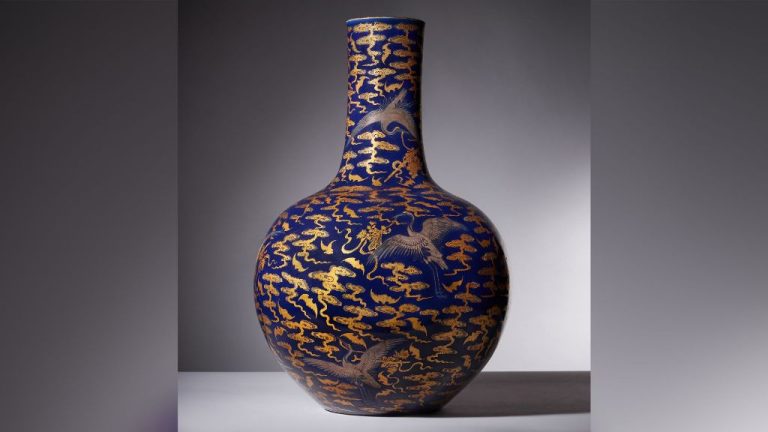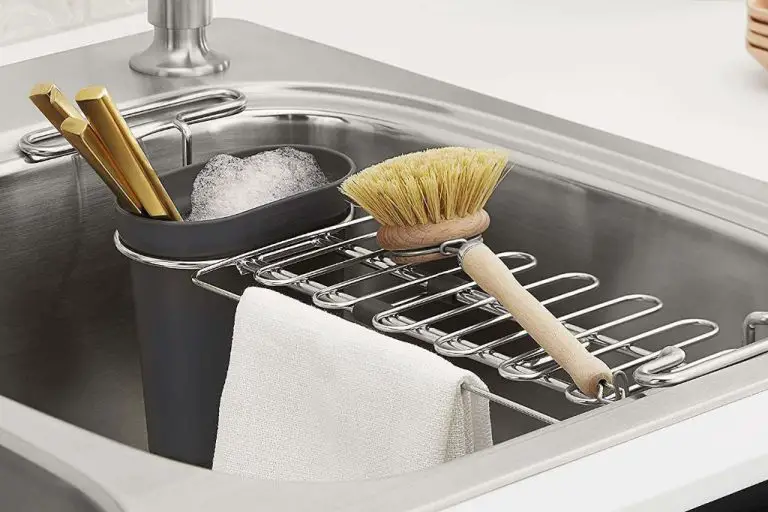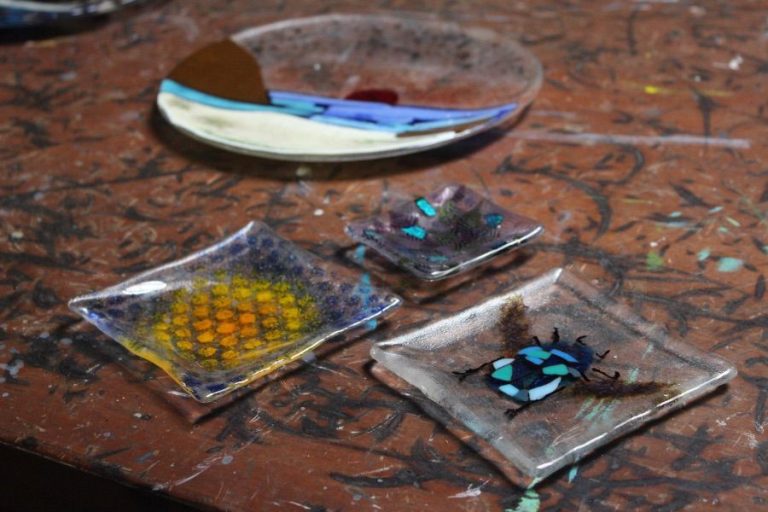How To Make Brain Model With Clay?
Making a model of the brain with clay is a fun and engaging way to learn about the anatomy of the brain. Seeing a 3D model lets you visualize the different parts and structures much better than looking at a picture in a textbook. Creating the model yourself also reinforces learning through hands-on work. Plus, it results in an end product you can keep as a reference tool for future studying.
To make a clay brain model, you will need the following materials:
- Clay – air-dry clay or polymer clay work well
- Acrylic paint
- Paintbrushes
- Container for water
- Paper towels
Having the right clay and paints on hand allows you to create a durable, detailed model. You may also want a basic brain reference diagram nearby for guidance as you sculpt.
Shape the Base
The first step in sculpting a brain model out of clay is to shape the base that the cerebrum will sit upon. To do this, form a rounded lump of clay about the size of a large orange. This will serve as the foundation upon which you’ll add the cerebrum.
Once you have the rounded base formed, use your fingers to gently press indentations into the front and back of the base. The indentation in the back will be for the cerebellum, while the indentation in front will be for the brain stem. Make these indentations about 1-2 inches deep. The cerebrum will later sit nicely into the top of the base you’ve created between these two indented areas.
Take care to smooth out the clay and ensure there are no cracks or crevices. The brain base should be one solid, seamless piece of material. Now your clay foundation is ready for adding the cerebrum next!
Cerebrum
The cerebrum is the largest part of the brain and makes up about two-thirds of the brain’s weight. It is divided into left and right cerebral hemispheres. Each hemisphere controls the opposite side of the body. The cerebrum is divided into four lobes: frontal, parietal, temporal, and occipital.
To create the lobes of the cerebrum, divide the clay ball into four uneven sections. The frontal lobe should be the largest section, followed by the parietal, temporal and finally occipital lobe as the smallest.
Indent two vertical grooves into the clay to represent the central sulcus and the sylvian fissure. The central sulcus separates the frontal and parietal lobes. The sylvian fissure separates the temporal lobe from the frontal and parietal lobes.
Cerebellum
The cerebellum is located at the bottom back of the brain. When sculpting it with clay, begin by forming a round shape slightly smaller than the cerebrum. Add grooves and folds into the clay to mimic the folded surface of the actual cerebellum.
The characteristic branching pattern of the cerebellum allows it to pack more surface area into a small space. Try pressing lines or rolling little worms of clay to create this branching, tree-like texture over the rounded surface. This increased surface area houses over 50 billion neurons, allowing the cerebellum to coordinate fine motor movements, posture, and balance.
Position the cerebellum beneath the occipital lobe of the cerebrum so it hangs off the back. The cerebellum connects to the brain stem, so leave a gap between them for the clay brain stem. Keep the cerebellum proportional in size to the cerebrum, around one-eighth the total size.
Brain Stem
The brain stem is located at the base of the brain and connects the brain to the spinal cord. To model the brain stem out of clay:
– Extend a cylinder of clay from the base to form the basic brain stem shape.
– Add two small cylinders on top for the midbrain. Below this, add oval shapes for the pons varolii.
– At the base, sculpt a widened area for the medulla oblongata. This is the lowest part of the brain stem.
– Add two thin strands of clay extending downwards from the medulla to represent the spinal cord.
– Shape the surface of the brain stem with grooves and ridges for added realism.
– Use a toothpick or clay sculpting tool to add a small hole on the midbrain for the cerebral aqueduct, and holes on the pons varolii for cranial nerve pathways.
Take care sculpting the brain stem, as it is a delicate but crucial part of the brain with many essential functions.
Ventricles
The ventricles are hollow cavities that channel cerebrospinal fluid through the brain and central canal of the spinal cord. To mold the ventricles, use a thin object like a straw or skewer to poke holes in the clay where the ventricles should be. Make four ventricles total:
- Two lateral ventricles in the cerebrum
- The third ventricle in between the left and right thalamus
- The fourth ventricle in the brain stem
Keep the holes hollow so you have empty spaces representing the ventricle chambers. You can widen them slightly with your fingers if needed. Position the ventricles based on anatomical diagrams so you understand where cerebrospinal fluid flows between the brain and spinal cord.
Blood Vessels
An important part of sculpting an anatomically accurate brain model is adding the blood vessels on the surface. The two main arteries you’ll want to sculpt are the middle cerebral artery and the posterior cerebral artery.
To sculpt the middle cerebral artery, start near the optic chiasm at the bottom of the brain model and make a line that branches and curves over the lateral surface of the cerebrum. You’ll want to make the branches thinner as they spread upwards and outwards across the surface of the brain.
For the posterior cerebral artery, begin at the top of the brain stem and make a line that curves up and around the underside of the cerebrum. Create smaller branches stemming from the main artery as it arcs around the occipital lobe.
Use thin strips of clay for the main arterial lines, making them increasingly thinner as you add smaller branches. Add some subtle texture to mimic the look of real blood vessels. Aiiming for realism in sculpting the major brain arteries will elevate your clay brain model.
Cranial Nerves
The brain has 12 cranial nerves that connect it to parts of the body. When modeling the cranial nerves in clay, it’s easiest to roll small snake-like pieces of clay into strands. Attach one end of each strand to the brainstem, fanning them out around the brainstem like spokes on a wheel. Refer to reference photos to see where each nerve originates and runs. The nerves don’t need to be long, just a half inch or so to indicate their placement. Gently press the strands against the clay brain to affix them. You may need a toothpick or skewer to add finer details and divisions on some of the nerves.
Painting
Painting your clay brain model adds further dimension and realism. Choose paints that will adhere well to the clay. Acrylic craft paints work great for painting clay. Select paint colors that represent the different parts of the brain:
- Cerebrum – Gray
- Cerebellum – Rusty red
- Brain stem – Gray black
- Ventricles – Blue
- Blood vessels – Red
Mix colors to create slight variations for depth and dimension. Use a small brush for details. Allow paint to dry fully between coats. Seal the finished piece with a clear acrylic spray varnish to protect the paint and give a slight sheen. Applying one or two coats of varnish ensures your brain model’s color lasts.
Conclusion
In this guide, we covered the key steps for making a brain model out of clay. We started with shaping the base to create the overall rounded form. Then we added the main structural components like the cerebrum, cerebellum, and brain stem. We created the ventricles and hollowed out spaces, and added details like blood vessels and cranial nerves.
After the clay sculpture is complete, you can paint and decorate your brain model to enhance the details. Add different colors to the different lobes or label certain structures. Finish with a clear coat sealant spray if you want a smooth, glossy look. Display your clay brain on a shelf, desk, or table so others can admire your creation.
Making a brain model out of clay allows you to better understand the complex structure and anatomy. Follow the steps in this guide, take your time, and have fun sculpting your own brain model.




